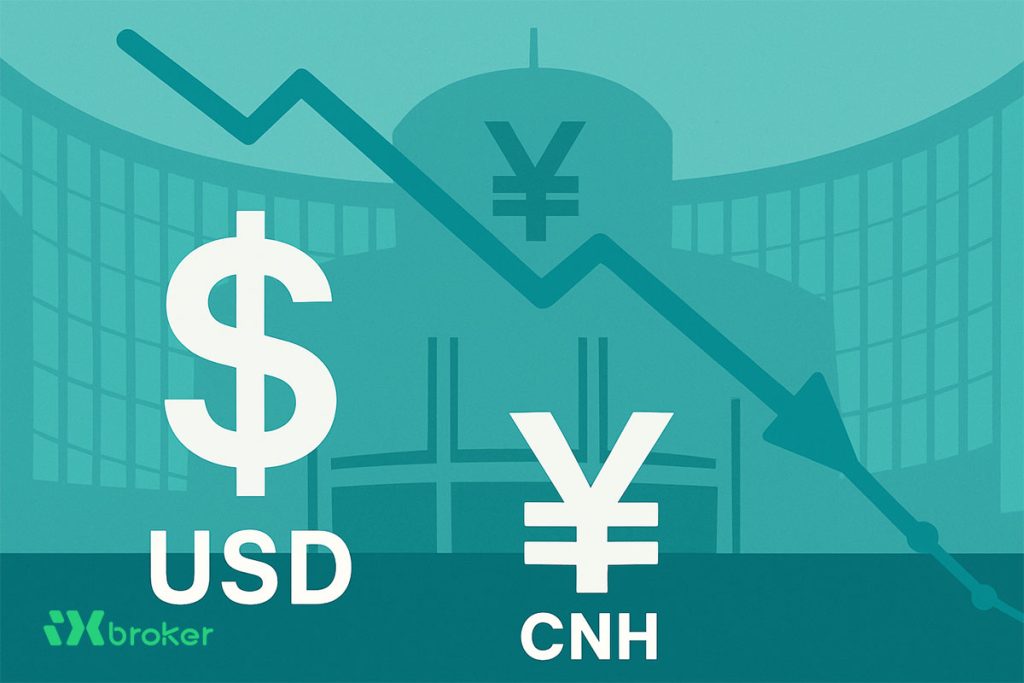Enphase Energy, a leader in the solar inverter market, delivered a sobering update to Wall Street this week, forecasting third-quarter revenues below expectations and citing the negative impact of U.S. import tariffs championed by President Donald Trump. As political and regulatory headwinds mount, both investors and market watchers are recalibrating their strategies across renewables, Forex, and crypto.
Enphase’s Revenue Outlook Falls Short
On Tuesday, Enphase Energy caused a stir after hours as shares dropped more than 7%. The sell-off followed new company guidance: management now expects revenue for the third quarter to land between 330millionand330 million and 330millionand370 million, with analysts at LSEG noting a consensus estimate of $369.7 million. The midpoint of Enphase’s range sits below Street expectations, raising concerns over demand predictability and margin stability in the face of shifting U.S. trade policy.
The company’s forecast for Q3 gross margins was also lackluster, at 41–44%. This is a drop from its previously reported 46.9% in the second quarter, a decline Enphase attributes directly to newly-imposed tariffs on solar imports.
Trump’s Tariffs Cloud Solar’s Future
Enphase’s warning highlights a broader dilemma facing the U.S. renewable energy sector. Earlier this year, U.S. trade officials approved steep import tariffs on solar cells from Southeast Asia. American manufacturers lobbied for this move, arguing that low-cost imports were crowding out domestic businesses. For Enphase and its peers, however, these tariffs are squeezing profit margins and raising costs for both companies and consumers.
And it’s not just tariffs creating uncertainty. The Trump administration’s renewed push to repeal or limit clean energy tax credits has cast a long shadow over the industry. Recently passed budget legislation in the Senate is projected to sharply limit access to the vital 30% tax credit for solar and wind projects, a measure originally set to continue through 2032 and which many developers had baked into their long-term business models.
Strong Demand Still Underpins Short-Term Resilience
Amid the challenges, there was a silver lining in Enphase’s most recent earnings report. For the quarter ended June 30, the company posted an adjusted profit of 0.69pershare,beatinganalystexpectationsof0.69 per share, beating analyst expectations of 0.69pershare,beatinganalystexpectationsof0.62 per share. Management cited sustained structural demand for solar products as a key support, even as the market navigates a complex macro environment.
Still, the interplay between resilient underlying demand and looming policy risk creates a new normal for investors—a reality that extends far beyond renewables.
iXDeep: Ripple Effects in Forex and Crypto Markets
News out of Enphase Energy offers much more than a company-specific update—it turns a spotlight on how trade policy and shifting tax frameworks can send shockwaves through global markets.
Forex Impact:
Currency markets are ultrasensitive to trade policy changes and tariffs. The imposition of steep tariffs on Southeast Asian imports signals possible tightening in Asia–U.S. trade relations and may strengthen the U.S. dollar in the short term, especially as global investors seek safety in U.S. assets amid uncertainty. However, if the solar sector falters and U.S. innovation stalls, medium-term dollar sentiment could erode as confidence in the green energy pivot wanes.
Crypto Impact:
For crypto investors, the mounting unpredictability in renewable subsidies and tariffs reinforces Bitcoin and other decentralized assets’ narrative as hedges against political risk and fiat instability. If traditional energy names like Enphase face extended headwinds, funds could rotate to digital assets as a play on technological progress and volatility. Watch for elevated volatility in energy-related tokens and cautious optimism among large-scale institutional crypto traders who track global regulatory developments.
For iXbroker clients, this evolving backdrop signals both heightened opportunity and risk. Expect higher volatility in USD pairs, cross-border flows into safe havens, and increased short–medium-term interest in “energy transition” cryptos. Active portfolio rebalancing and real-time risk assessment are more essential than ever.




